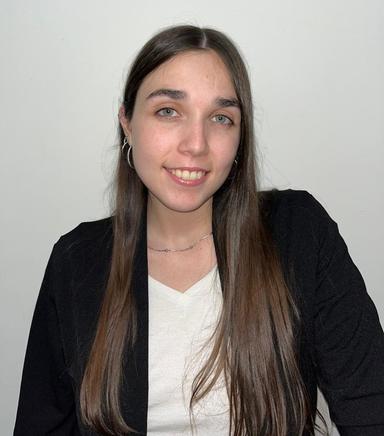"Stay calm, one day you will be taller than Maradona, I don't know if it will be better but taller" said the endocrinologist Diego Schwarzstein to the 9 year old Lionel after diagnosing him with partial growth hormone deficiency.
If we talk about Messi and the fact that he had to undergo treatment to be able to grow, we all know what we are talking about. But do we really know what we are talking about?
Hormones are substances made by glands in the body that circulate in the bloodstream and control the functions of certain cells or organs. Basically, they are messengers that tell the cells what function they should perform and that is why they are extremely important.
The one that interests us now, Messi's, is growth hormone (GH) or somatotropin. It is produced by the pituitary gland, a small organ located at the base of the skull. In children and adolescents, and among many other things, it acts by stimulating the production of a growth factor called "insulin-like growth factor type 1", for friends: IGF-1. IGF-1 promotes the proliferation and differentiation of growth cartilage cells at the ends of the bones, which causes lengthening of the long bones and, as a consequence, an increase in height.
Little Lio, 127 centimeters and 9 years old, had a problem: he was growing less than he should have and without the treatment he would not reach the height he should have due to his genetics. This treatment consisted of a daily injection of the hormone in the leg or arm, taking turns on the left and right side, every day without fail.
But where does the hormone for the treatment come from?
In the 1960s it was taken from the pituitary glands of cadavers and even in the United States there was a "National Pituitary Agency" to collect it. In 1985, the use of natural growth hormone was banned worldwide due to the possibility that it was contaminated with a pathogen causing Creutzfeldt-Jakob disease, better known as "mad cow disease".
Fortunately, Messi was born in '87, two years after scientists were able to produce the biosynthetic hormone using the recombinant DNA technique. To carry out this technique, animal cells are needed to which a specific gene is introduced to produce the hormone. The first thing that is sought is that they can grow and reproduce to have enough and for this they are placed in bottles with culture medium, which is the liquid that has all the necessary nutrients. Then, the culture medium is changed so that they stop reproducing and become producers: they begin to secrete the growth hormone into the liquid of the culture medium. Finally, the substance is purified by means of different processes and the different presentations are manufactured to be able to carry out the treatments.
Nowadays, thanks to the recombinant DNA technique, it is possible to produce drugs in a much simpler and cheaper way. It is possible to find in pharmacies insulin produced in bacteria, coagulation factors for the treatment of hemophilia generated in mammalian cells in culture and a vaccine against hepatitis B manufactured by yeast.
Modern biotechnology allows us to transfer genes to plants and animals and in particular to cows and sheep to produce large quantities of drugs in their milk. The idea is not for people to ingest the drug through the milk, but rather to extract and purify the desired compound from it. Although there are still no products of this type on the market, we can proudly say that the first cloned and transgenic calf that produces human growth hormone in its milk is Argentinean and is called Pampa Mansa. Likewise, the Patagonia dynasty was developed in Argentina, with transgenic cows that produce insulin in their milk and the Porteña dynasty that produces bovine growth hormone (bGH).
Undoubtedly, biotechnology is a powerful tool that grows exponentially day by day and offers innovative solutions that allow us to improve the quality of life of people. And in case you were in doubt, Schwarzstein was right. Lio is two centimeters taller than Diego Armando Maradona.
Sources:
ArgenBio (s. f.). From the dairy to the pharmacy. Retrieved from https://www.argenbio.org/biotecnologia/aplicaciones-de-la-biotecnologia/176-del-tambo-a-la-farmacia
MSD Manual. (2022, August). Growth hormone deficiency in children. Retrieved from https://www.msdmanuals.com/es-ar/professional/pediatr%C3%ADa/trastornos-endocrinos-pedi%C3%A1tricos/deficiencia-de-la-hormona-de-crecimiento-en-ni%C3%B1os
Clínica Universidad de Navarra. (2023). Somatotropin. Retrieved fromhttps://www.cun.es/diccionario-medico/terminos/somatotropina
Revista Pesquisa. (2001, June). Large growth hormone. Retrieved fromhttps://revistapesquisa.fapesp.br/es/hormona-del-crecimiento-en-tamano-grande/
The Independent. (2016, November 12). This is how growth hormone is harvested. Retrieved from https://www.elindependiente.com/futuro/2016/11/12/asi-se-cosecha-la-hormona-del-crecimiento/
TUDN. (2017, June 25). Soccer and growth hormone: the start of it all, 30 years of Messi. Retrieved from https://www.tudn.com/futbol/el-futbol-y-la-hormona-de-crecimiento-el-inicio-de-todo-30-anos-de-messi


Comments